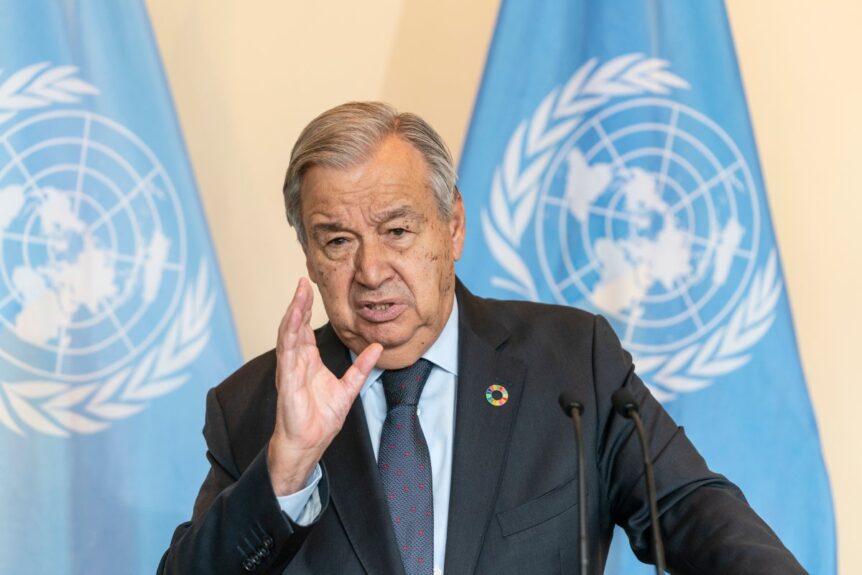The UN Secretary-General has recently highlighted the dangers of rising seas as he advocates more cuts to toxic emissions.
Coming For Us All
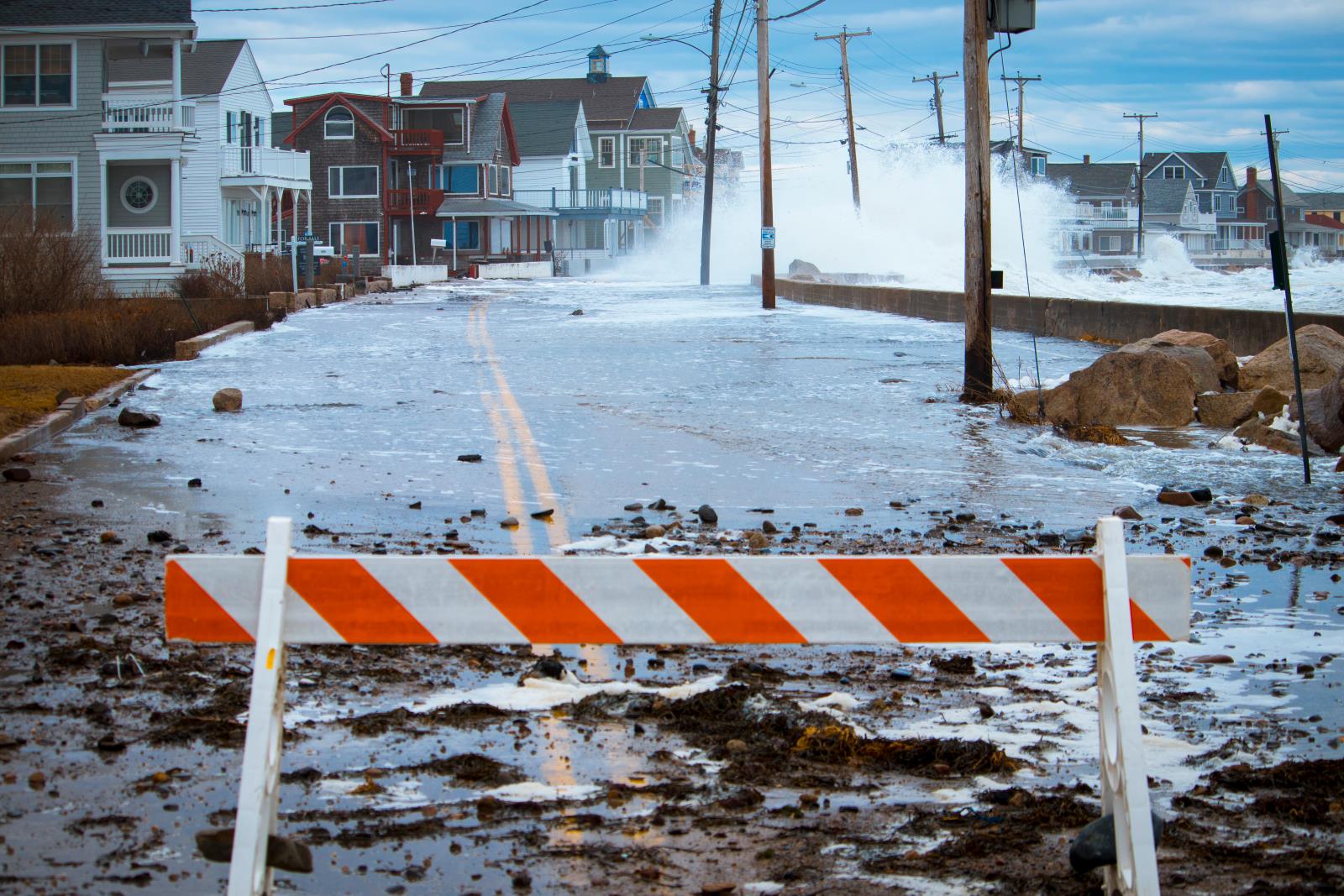
Image Credit: Shutterstock / Arthur Villator
Millions of people around the globe are at risk of displacement, starvation, and disease as the sea levels continue to rise. The General Secretary warns that the “surging seas are coming for us all” in his speech.
Highest Rising Rates in 3,000 Years
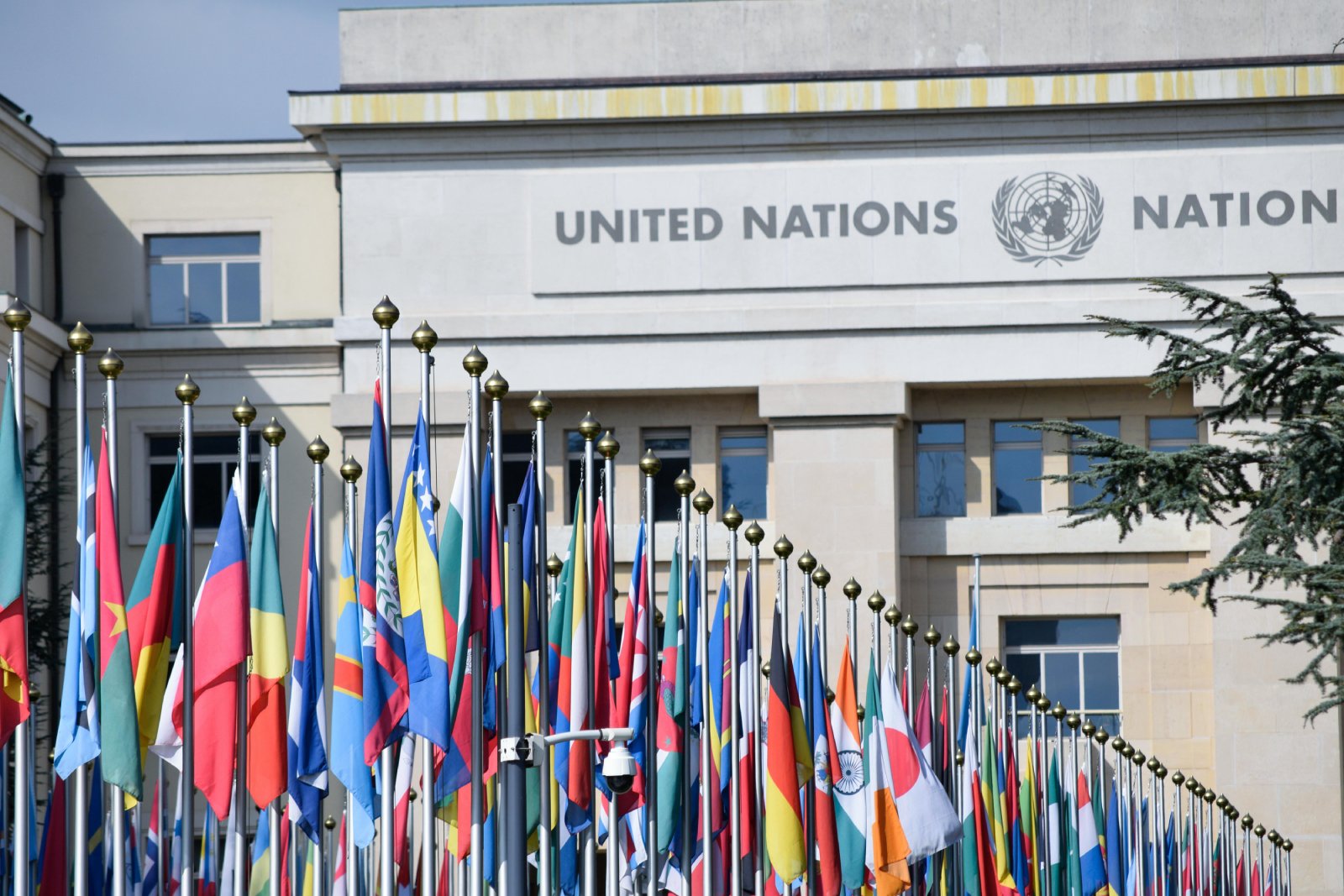
Image Credit: Pexel / Xabi Oregi
A UN Climate Action Team report shows that the sea levels are at their highest in over 3,000 years. This statistic provides a close picture of the dangers at hand.
Pacific Islands in Serious Danger
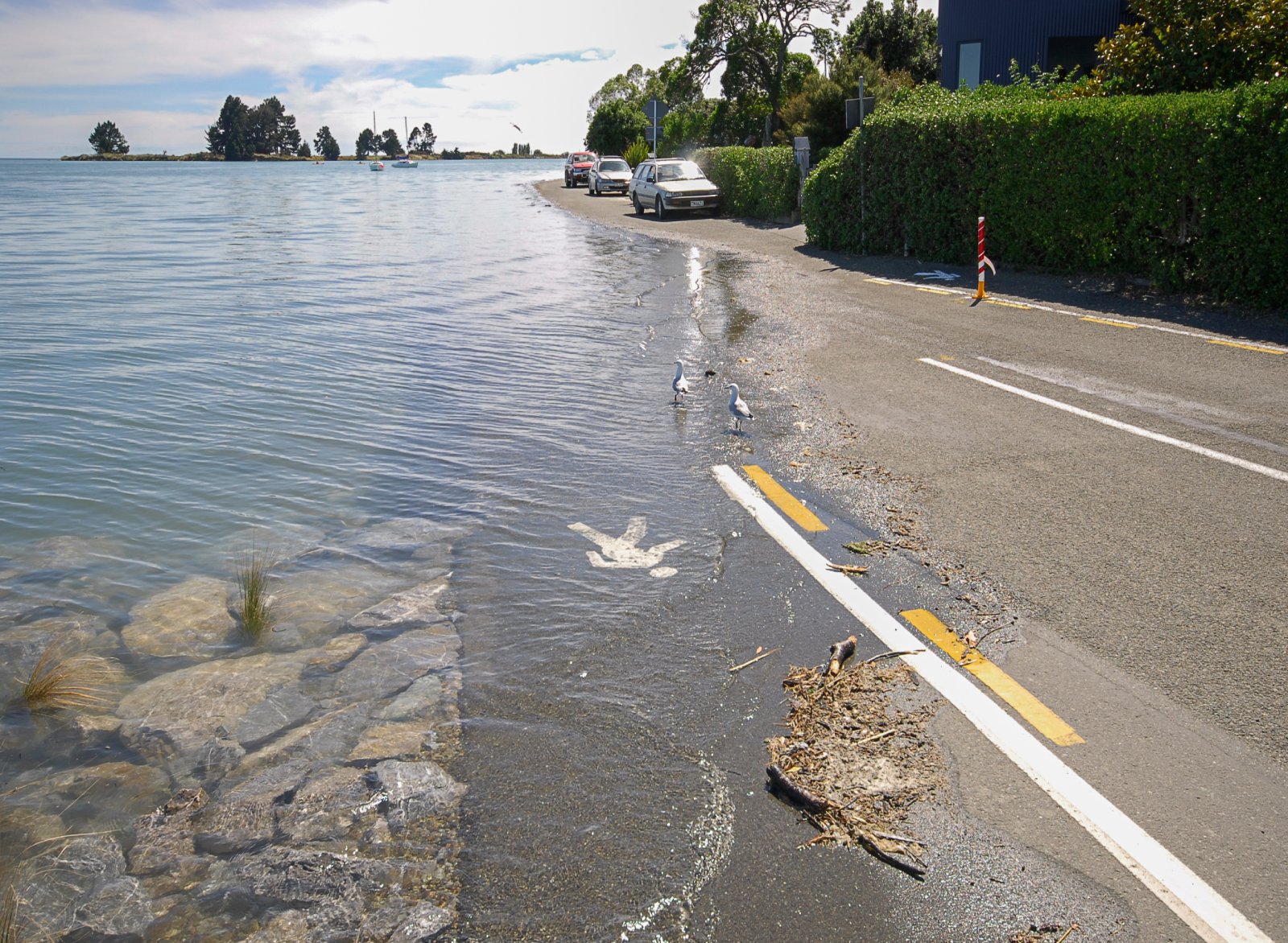
Image Credit: Shutterstock / MainlanderNZ
The Pacific Islands are at the greatest risk.
Compared to the average of 9.4cm, the sea level has risen by as high as 15cm in the tropical Pacific. According to the Secretary-General, “The Pacific is today the most vulnerable area of the world.”
An Unfair Reality
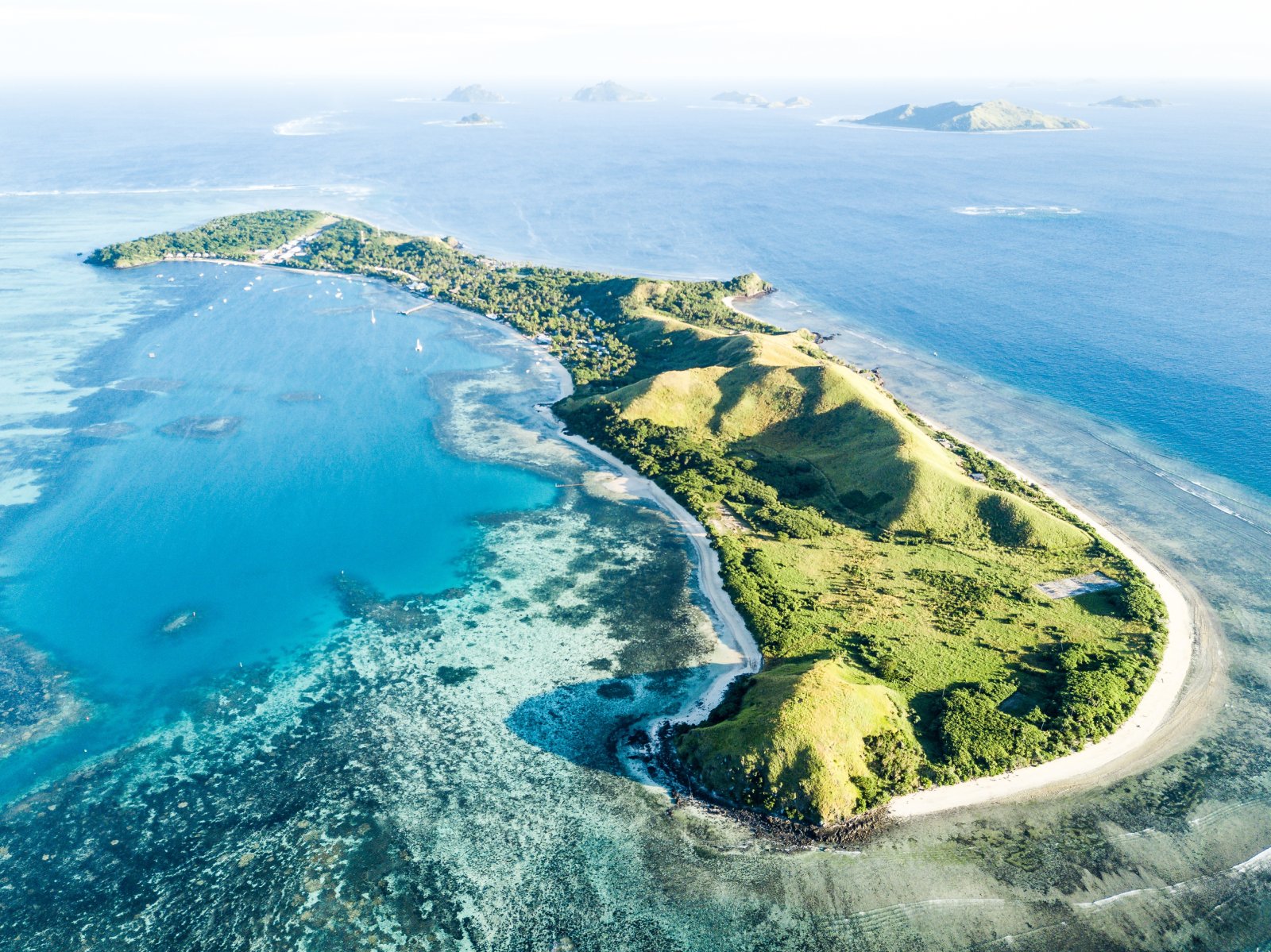
Image Credit: Shutterstock / Ronks Productions
Pacific Islands don’t necessarily contribute heavily to climate change. However, these small communities remain at the greatest risk of increasing sea levels.
Multiple Factors Currently in Play
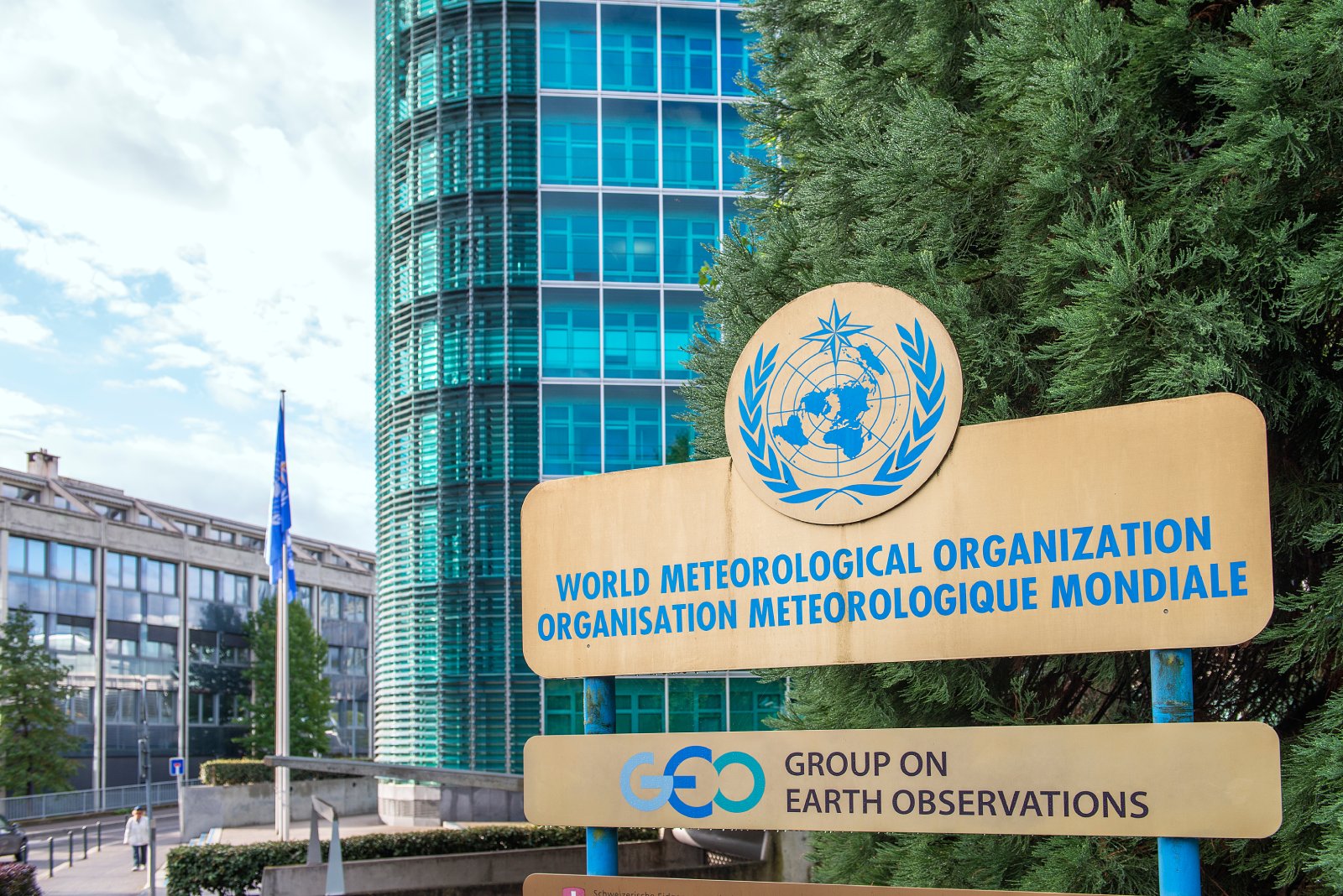
Image Credit: Shutterstock / ocphoto
A report by the World Meteorological Organization points out the rising temperature of the ocean and increasing sea acidity as major challenges that must be urgently addressed.
Major Threat to Human Activities
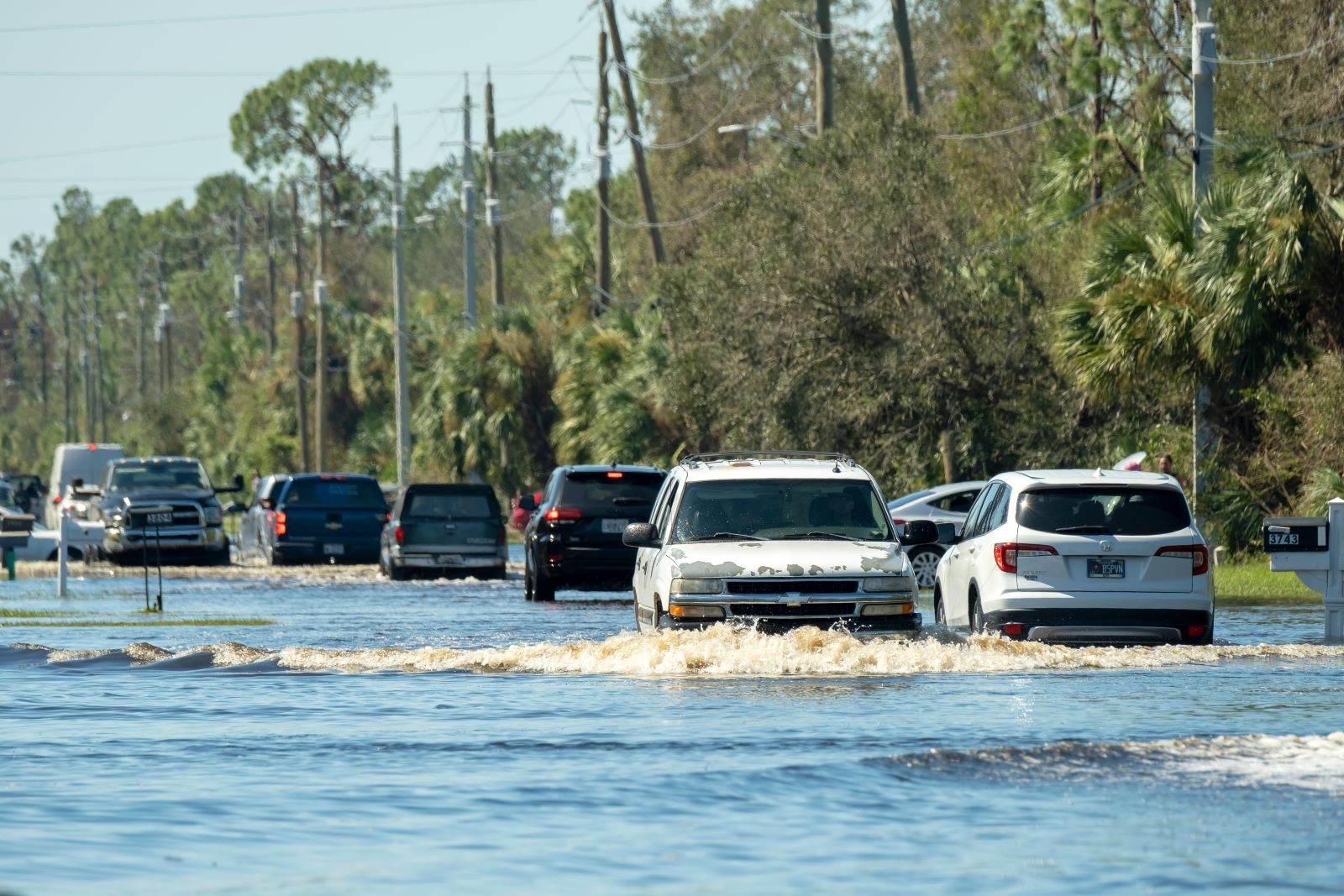
Image Credit: Shutterstock / Bilanol
Rising levels pose a serious threat to our way of life. In addition to obvious dangers like flooding, some driving factors could also reduce the quality of breathable air.
Greenhouse Gases Remain the Major Culprit
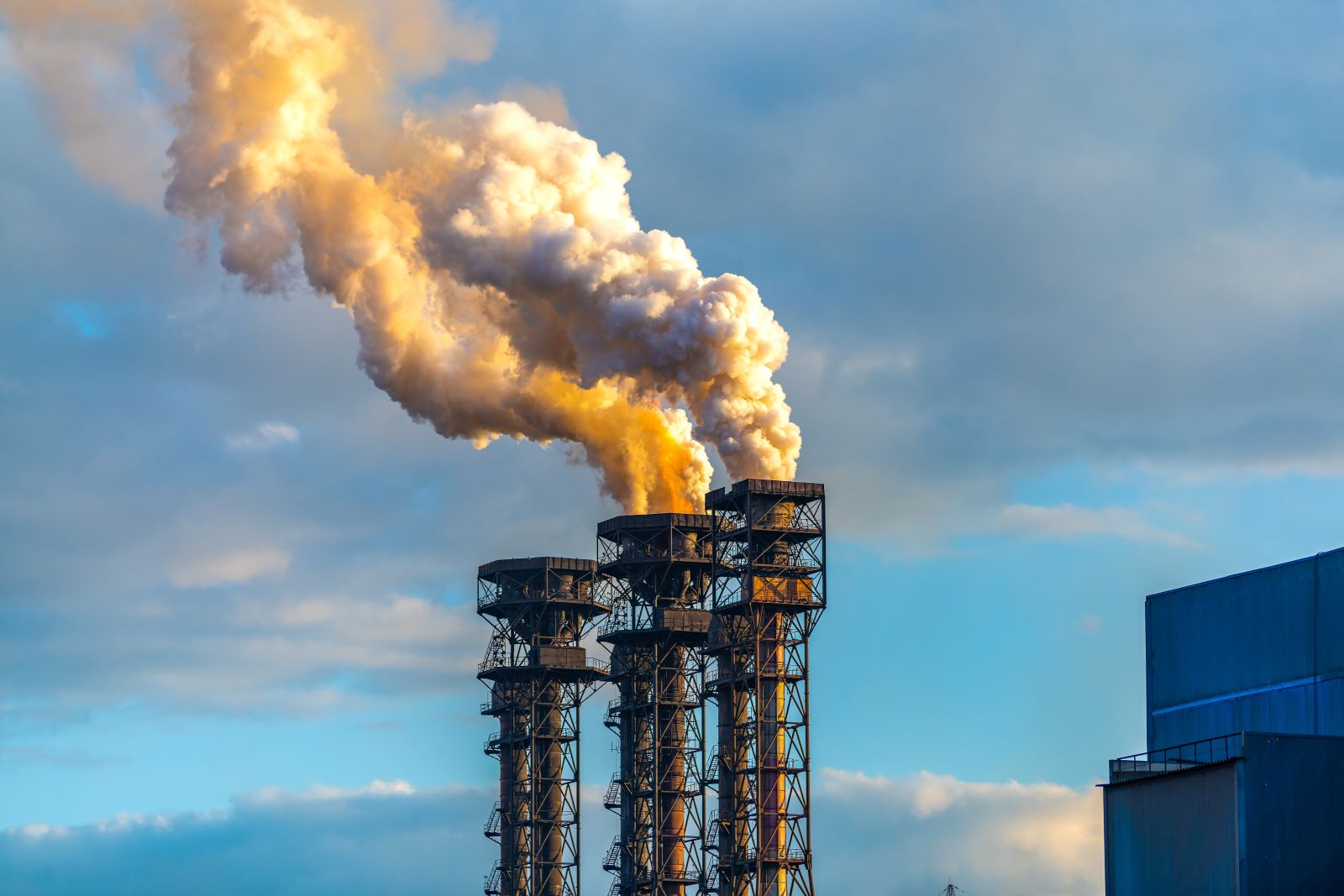
Image Credit: Shutterstock / Evgenii Panov
Fossil fuel combustion remains the major driving factor behind this looming disaster. In the words of the General Secretary, greenhouse gases “are cooking our planet.”
Brutal Reminders Present Themselves

Image Credit: Shutterstock / David Pereiras
On the first day of the Pacific Island Forum Leaders Meeting in Tonga, heavy rainfall and an earthquake reminded stakeholders of the dangers ahead. The meeting venue was flooded, and several buildings had to be evacuated.
Hope and Resilience Remain Alive
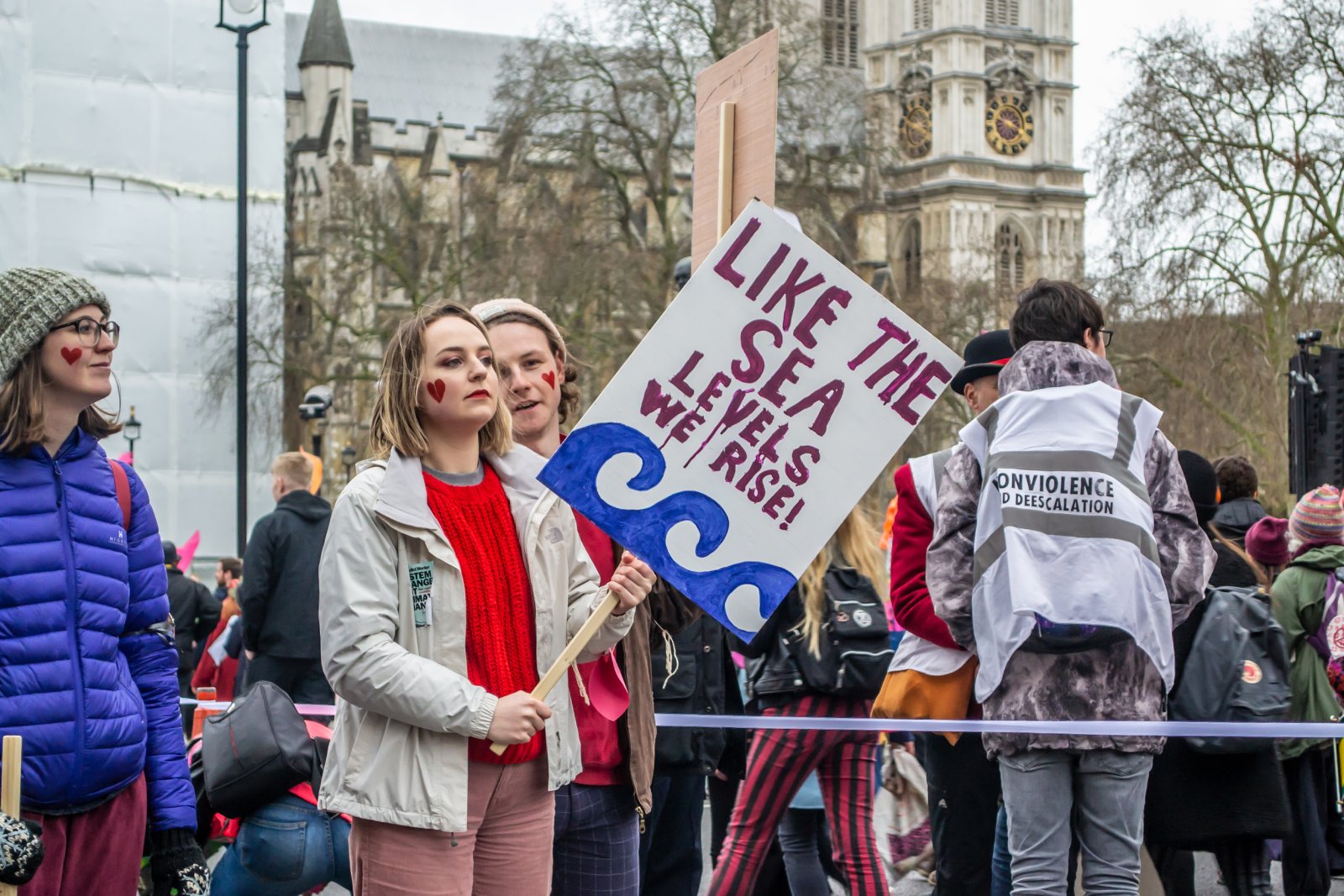
Image Credit: Shutterstock / JessicaGirvan
In the streets of Tonga, dancers perform in a parade to raise awareness about climate change. A banner proudly proclaims, “Sea levels are rising—so are we.”
Fingers Point to a Major Culprit
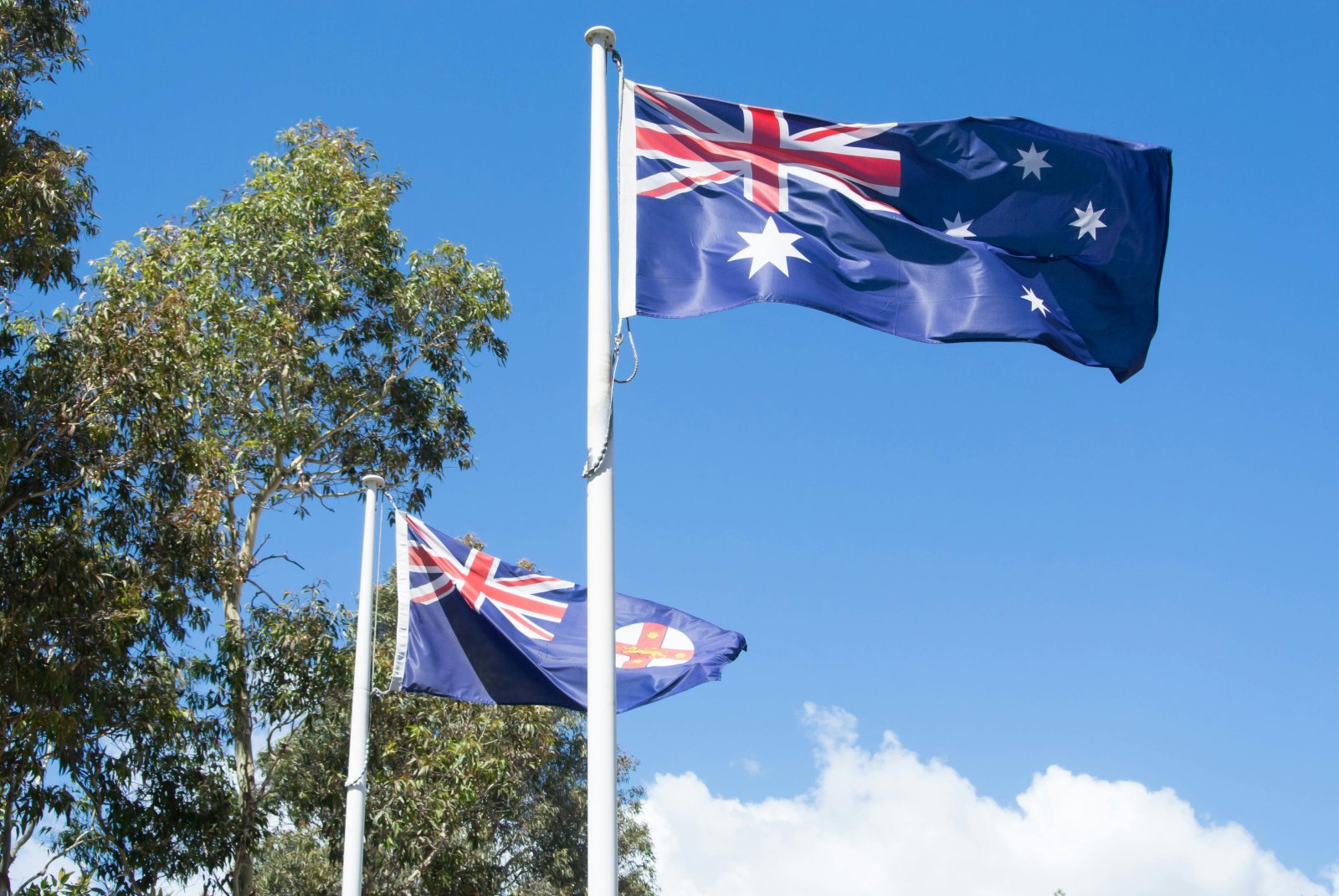
Image Credit: Pexel / Frank Schrader
Many Pacific islanders believe Australia is to blame. Despite resounding calls to limit toxic emissions, the Australian Prime Minister promised to ramp up the nation’s dependence on fossil fuel burning until “2050 and beyond.”
G20 Nations Responsible for 80% of Emissions
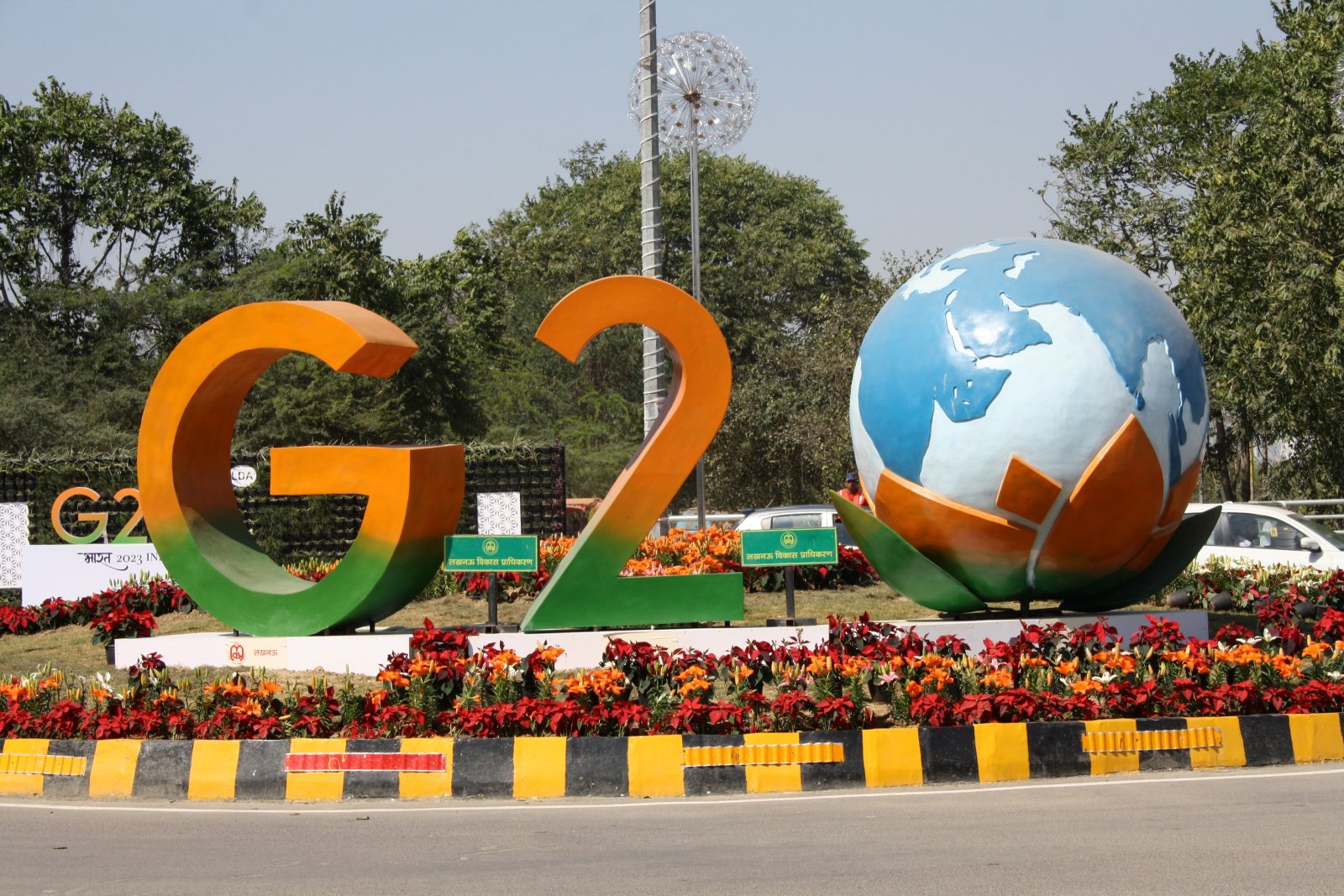
Image Credit: Shutterstock / Sanjiv Shukla
The Secretary-General pointed out that the G20 and other leading companies are the major polluters contributing to climate change.
Now is the Time to Act

Image Credit: Shutterstock / Maurice Volmeyer
The major culprits need to act now. Referring to the G20, the Secretary-General says, “There’s an obligation for them to come together, to guarantee a reduction of emissions now.”
Progress Is Being Made

Image Credit: Shutterstock / Gorodenkoff
The Secretary-General highlights some noticeable improvements since his last visit in 2019. He says there’s a “commitment to reduce the negative impact of climate change.”
There’s a Fighting Chance

Image Credit: Shutterstock / Gorodenkoff
We can avert the dangers of climate change by keeping global warming below 1.5 degrees Celsius. In the Secretary-General’s words, “That means cutting global emissions by 43% compared to 2019 levels by 2030 and 60% by 2035.”
Funding Remains a Major Challenge

Image Credit: Shutterstock / Andrey_Popov
Many communities directly threatened by rising sea levels remain without the urgently needed funding.
Existing Financial Systems Unfit

Image Credit: Shutterstock / Korawat photo shoot
The Secretary-General highlights the inadequacy of global financial systems in this fight. He says, “The international financial instruments that exist to support countries in distress were not designed for countries like this.”
Seven Years Waiting for One Wall
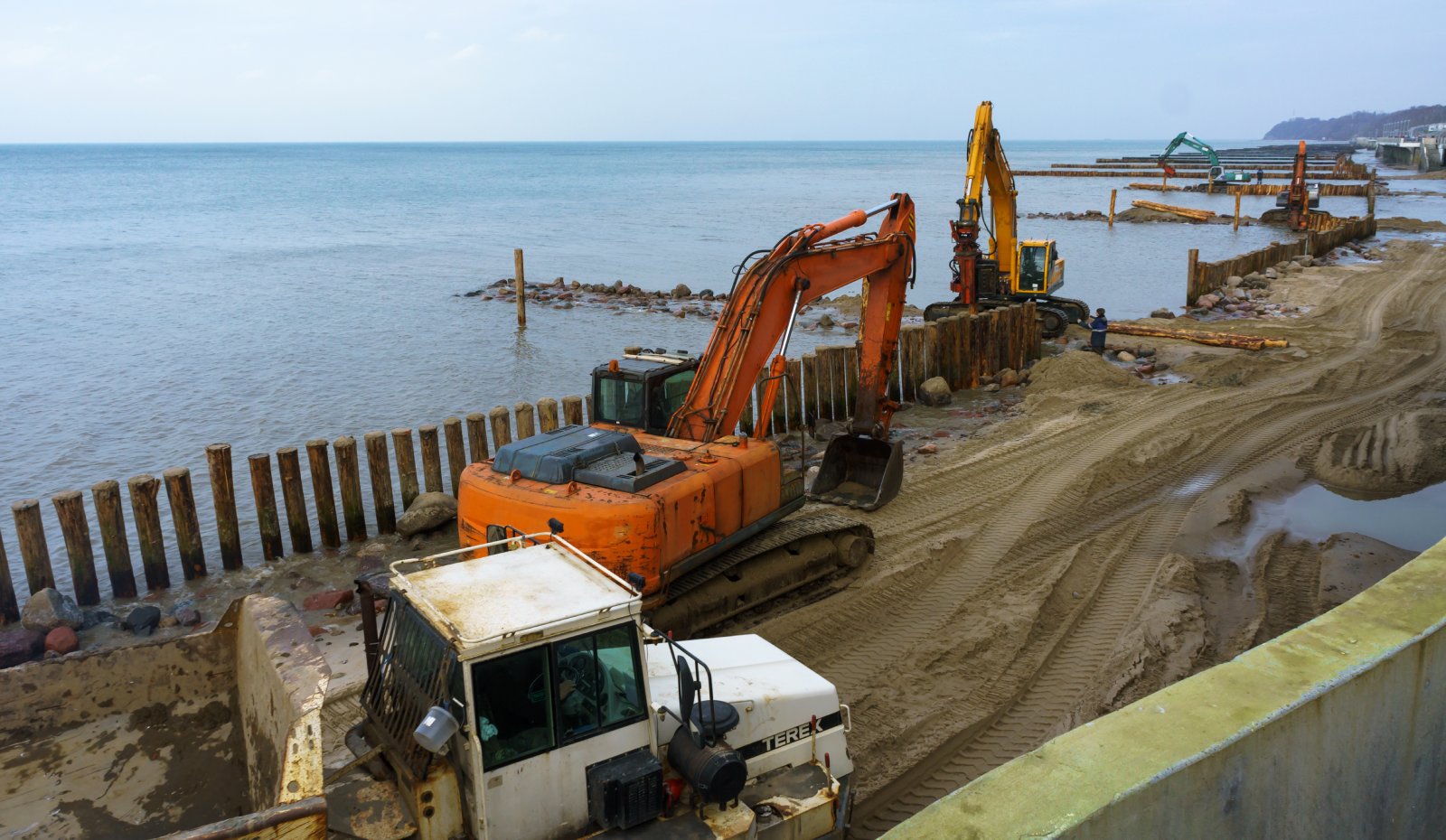
Image Credit: Shutterstock / SeagullNady
A stark example of funding challenges is the small local communities that have waited seven years for a decision to fund the construction of the sea wall they urgently need.
The Way Forward
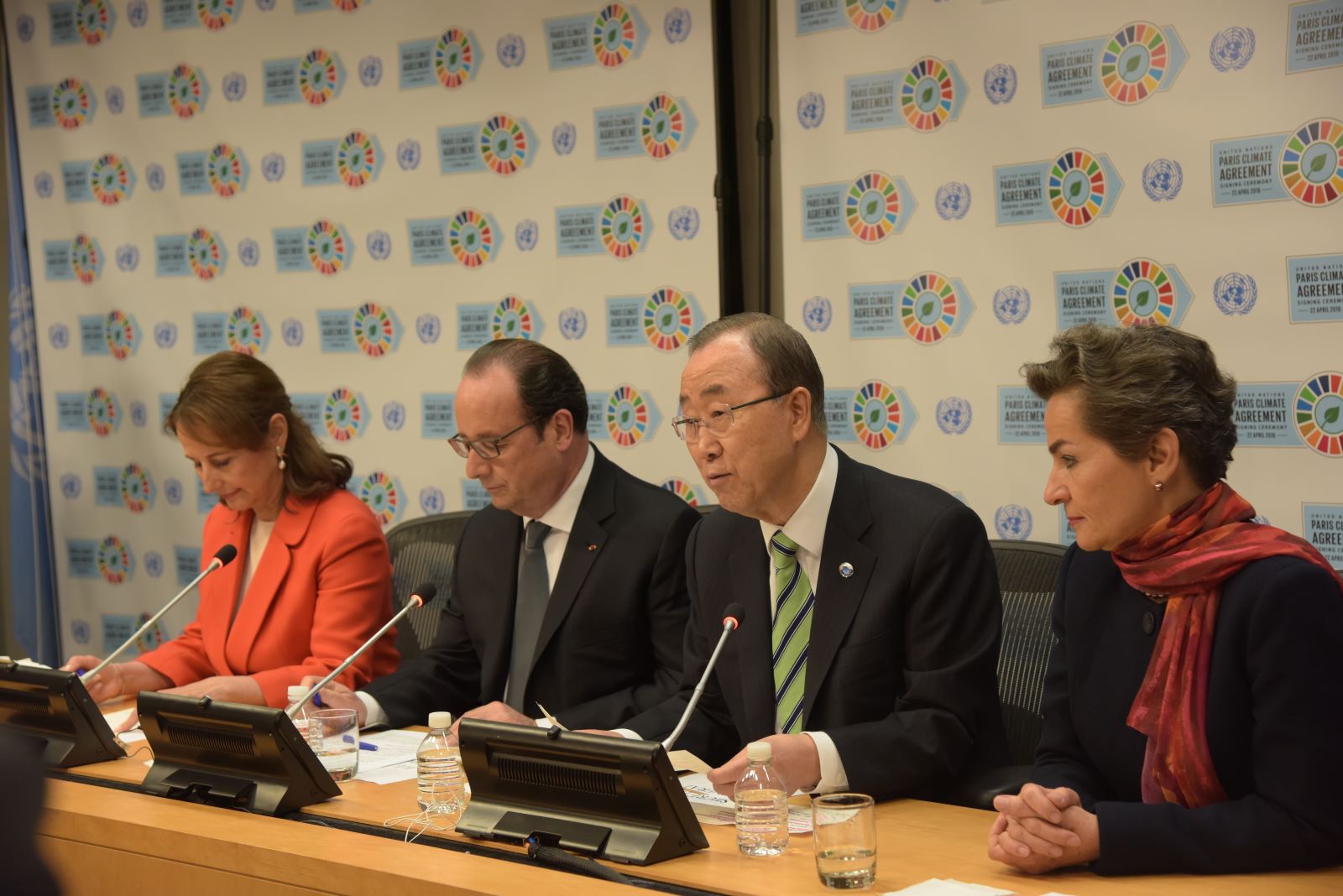
Image Credit: Shutterstock / a katz
The global community must commit to efforts to stay below the 1.5 degrees Celsius threshold of the 2015 Paris Agreement. That way, we can keep global warming below 2 degrees Celsius by the end of the 21st century.
All Hands Must Be on Deck
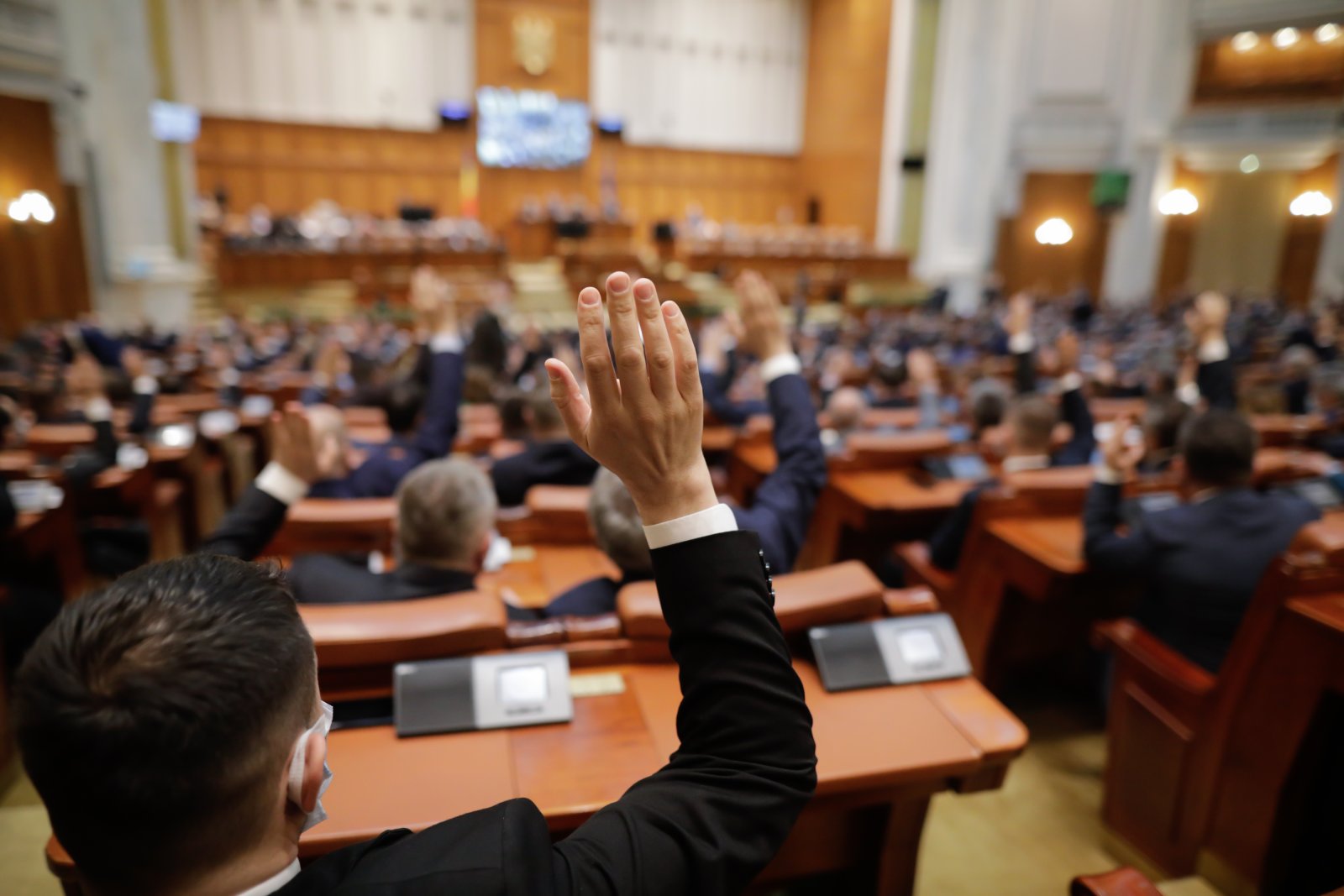
Image Credit: Shutterstock / Mircea Moira
While the major culprits’ desks are the only place the responsibility stops, all hands must be on deck to avert the dangers of climate change.
Awareness Is Key

Image Credit: Shutterstock / Vladimir Borovic
Awareness of the dangers is vital to winning the fight against rising sea levels. Effective awareness also limits the spread of disinformation and panic.
Featured Image Credit: Shutterstock / lev radin.
The images used are for illustrative purposes only and may not represent the actual people or places mentioned in the article.

